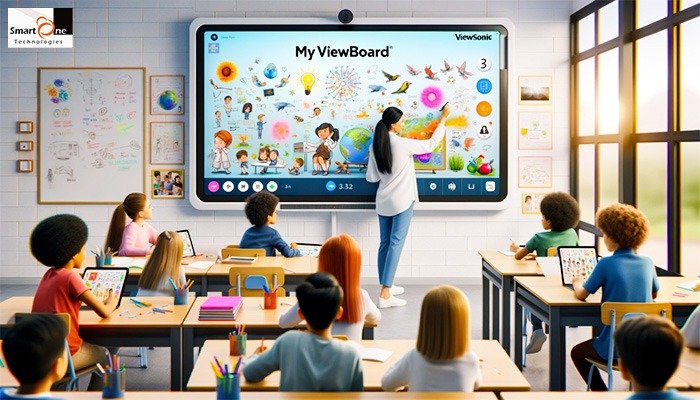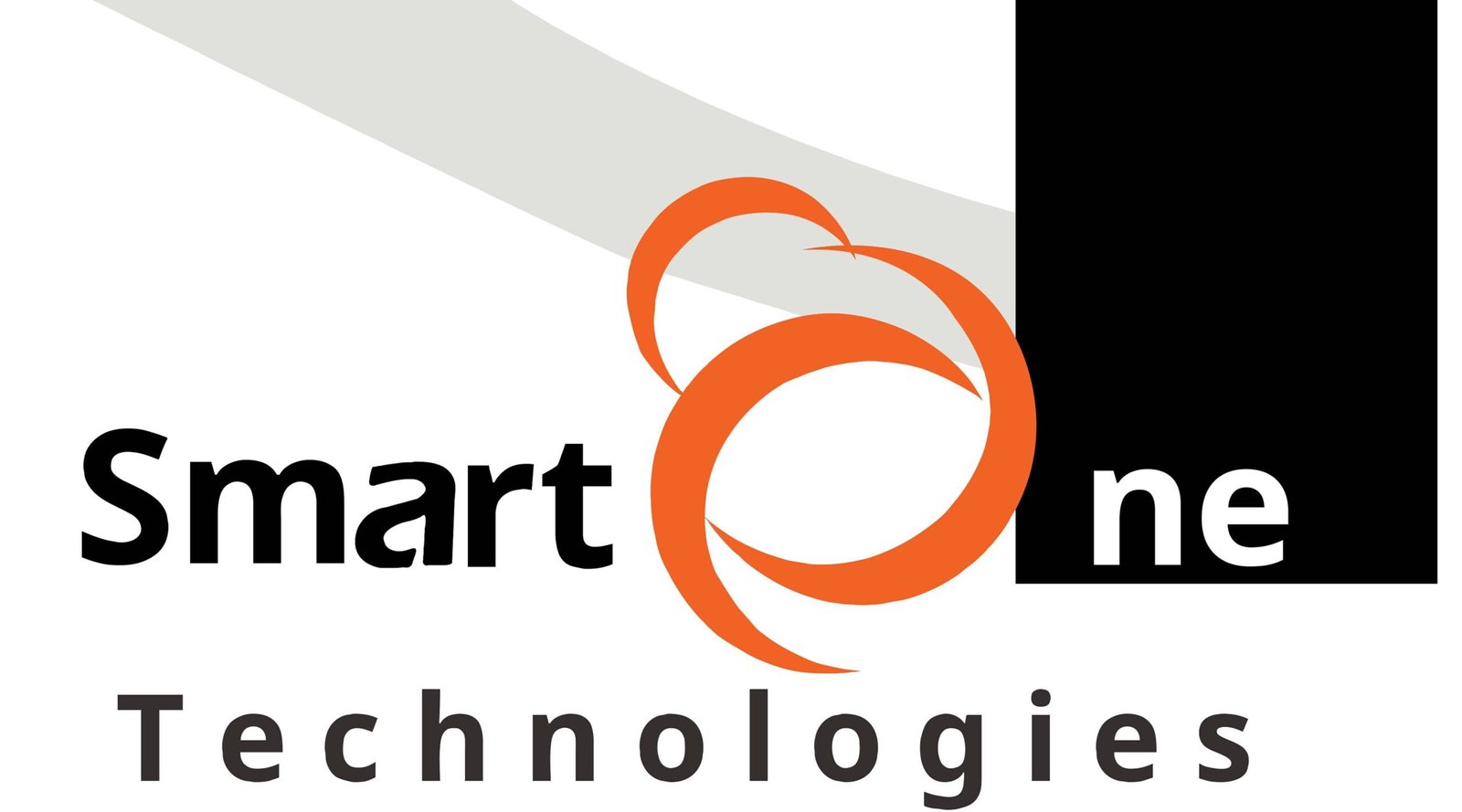Introduction
In the current fast-paced world of education, traditional teaching methods are being transformed by new technological advancements. One of the latest innovations is the incorporation of interactive classrooms. They provide exciting possibilities for teachers to interact with students in learning and improve their experiences unlike anything else.
The benefits of Interactive Boards
Interactive boards offer a multitude of advantages to classroom environments. They encourage the active participation of students and collaboration, and the boards significantly increase students’ involvement, which leads to better retention of information and better performance in the classroom. When you use active boards, studying is an engaging experience, keeping students’ attention and promoting curiosity.
The types of interactive boards
Smart Boards
Smart boards are displays that interact and allow users to operate programs on computers directly from the board’s surface using an instrument, a finger, or other gadgets. They enable engaging presentations, interactive lessons, and real-time collaboration, making learning more engaging and fun.
Touchscreen Boards
The Touchscreen board combines the capabilities of traditional whiteboards and the interactive capabilities of digital displays. The boards allow the users to engage with their content through touch gestures. They provide users with a smooth and easy experience. These boards can be used in a variety of ways that can accommodate a range of styles and activities for learning.
Integration into Curriculum
Incorporating interactive boards into the program requires careful planning and alignment with the goals of education. Teachers must create lesson plans that use the features that allow for interaction on boards to increase the learning process and foster active learning. By incorporating interactive elements in the teaching material, teachers can accommodate different learners and help them engage more effectively.
Interactive Board Features
Interactive boards have various features that are that are designed to provide immersive learning. They include touch-based functionality, which allows interactive, hands-on interactions and multimedia compatibility, which supports the integration of audio, videos, audio and images. They are versatile devices to deliver dynamic classes and engage students in exciting methods.
Interactive Board Installation
The process of setting up interactive boards for classrooms is a series of critical actions, such as fixing the board to the wall, connecting it to computers or any other device, and setting up the touch interface. In addition, teachers may have to ensure that the required drivers and software are installed correctly to make the most of the device’s performance. Training and technical support are usually available to assist in the installation process.
Interactive Board Applications
Interactive boards can be utilized in a myriad of educational settings and serve a variety of applications. In classrooms, they are a valuable tool for teaching and conducting demonstrations. They also assist in encouraging group activity. Apart from traditional classroom instruction, Interactive boards may be used to create interactive tests, virtual field trips, and collaborative projects that encourage imagination and critical thinking in students.
Interactive Board Maintenance
Interactive boards require frequent maintenance and treatment for optimal performance and long-term durability. It is essential to clean the surfaces regularly, get rid of dirt and dust, and adjust the touchscreen interface when needed to ensure accuracy and speed. Teachers should also be familiar with typical troubleshooting methods to resolve technical issues.
Interactive Board Cost Considerations
Although the initial cost of interactive boards might seem substantial, it’s crucial to consider their long-term benefits. By increasing student engagement and enhancing learning outcomes, interactive boards can provide educational institutions with a significant return on investment. In addition, technological advancements allow interactive boards to be more accessible and affordable than ever.
Instructor Training for Interactive Boards
Effective use of interactive boards depends on proper training and professional development for teachers. Numerous educational institutions provide classes, workshops, and certification programs to assist teachers in developing the abilities and abilities required to incorporate technology in their classrooms effectively. By investing in teacher education, schools can ensure that teachers are well-equipped to fully utilize the potential of interactive displays in their teaching methods.
Strategies to Engage Students
Engaging students using interactive boards is more than making them presentation tools. Teachers can use various methods to encourage collaborative and active participation, such as cooperative learning exercises, interactive quizzes, and classes. Through the interactive elements of these boards, teachers can create engaging and exciting learning experiences that capture students’ curiosity and encourage an understanding of the subject.
Case Studies and Success Stories
Examples of real-world interactive board deployment demonstrate the profound effects of this technology on teaching and learning. From classrooms for elementary students to higher educational institutions, teachers worldwide are using interactive boards to boost learning, motivate students and help them achieve academic success. By sharing the results of their projects and case studies, educators can inspire others to consider the potential for interactive technology in the classroom.
Conclusion
Interactive boards can be a very effective instrument for turning traditional classrooms into interactive learning spaces. By fostering engagement among students, learning through interactive experiences, and increasing the efficiency of instruction, These digital devices can transform the education system and help students prepare to succeed in the twenty-first century.
FAQs
- Are interactive boards suitable for students of all ages?
- Interactive boards can be used in elementary, middle, or high school classes and higher education environments.
- Do interactive boards require special software?
- Some interactive boards come with their software, mostly common presentations and educational software.
- How do educators assess the impact of interactive boards? Use?
- The impact of educators can be assessed by assessing the effect of interactive boards on student learning by observing feedback and the indicator of academic performance.
- Are interactive boards utilized for distance learning?
- Interactive boards can be embedded into virtual learning environments to facilitate remote instruction and collaboration.
- What options for technical support are offered on interactivity boards?
- Many manufacturers of interactive boards offer technical support, including online troubleshooting tips and help stances.
- Do you have concerns regarding accessibility with interactivity boards?
- Teachers must ensure that interactive board content is available to students of all ages, including disabled students, by providing alternate formats and accommodations as required.



0 Comments on “Interactive Boards for the Classroom is revolutionizing education”